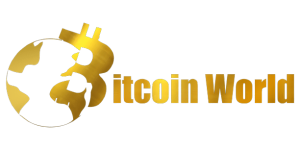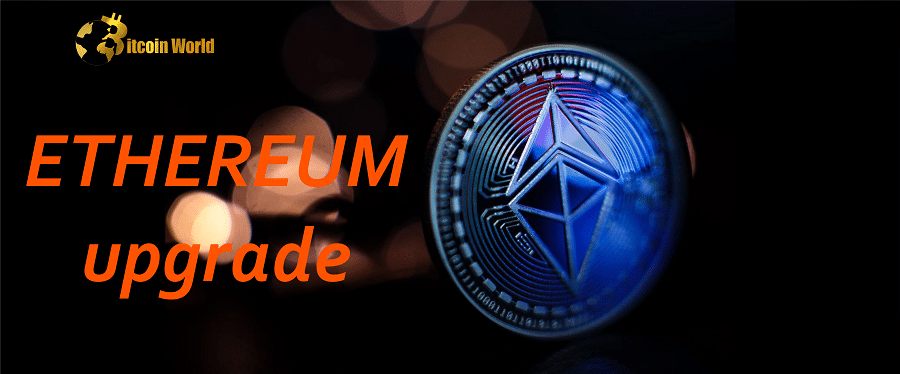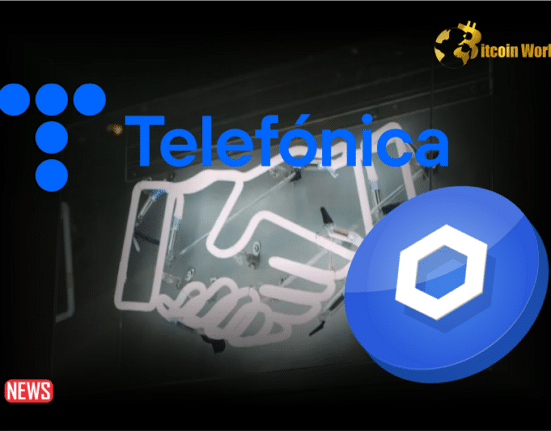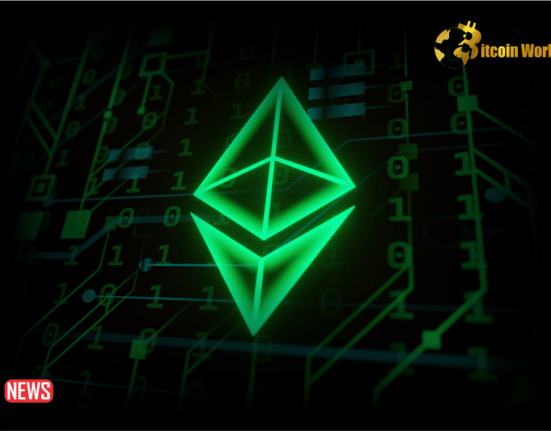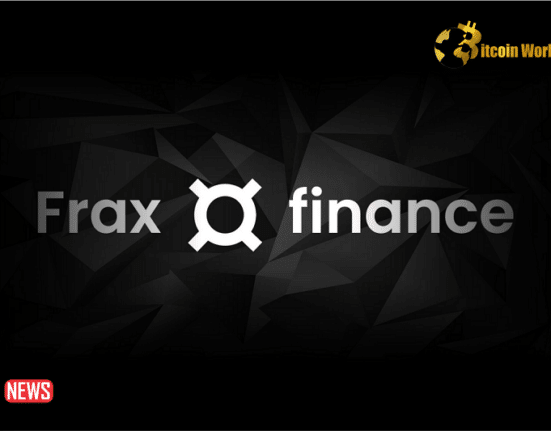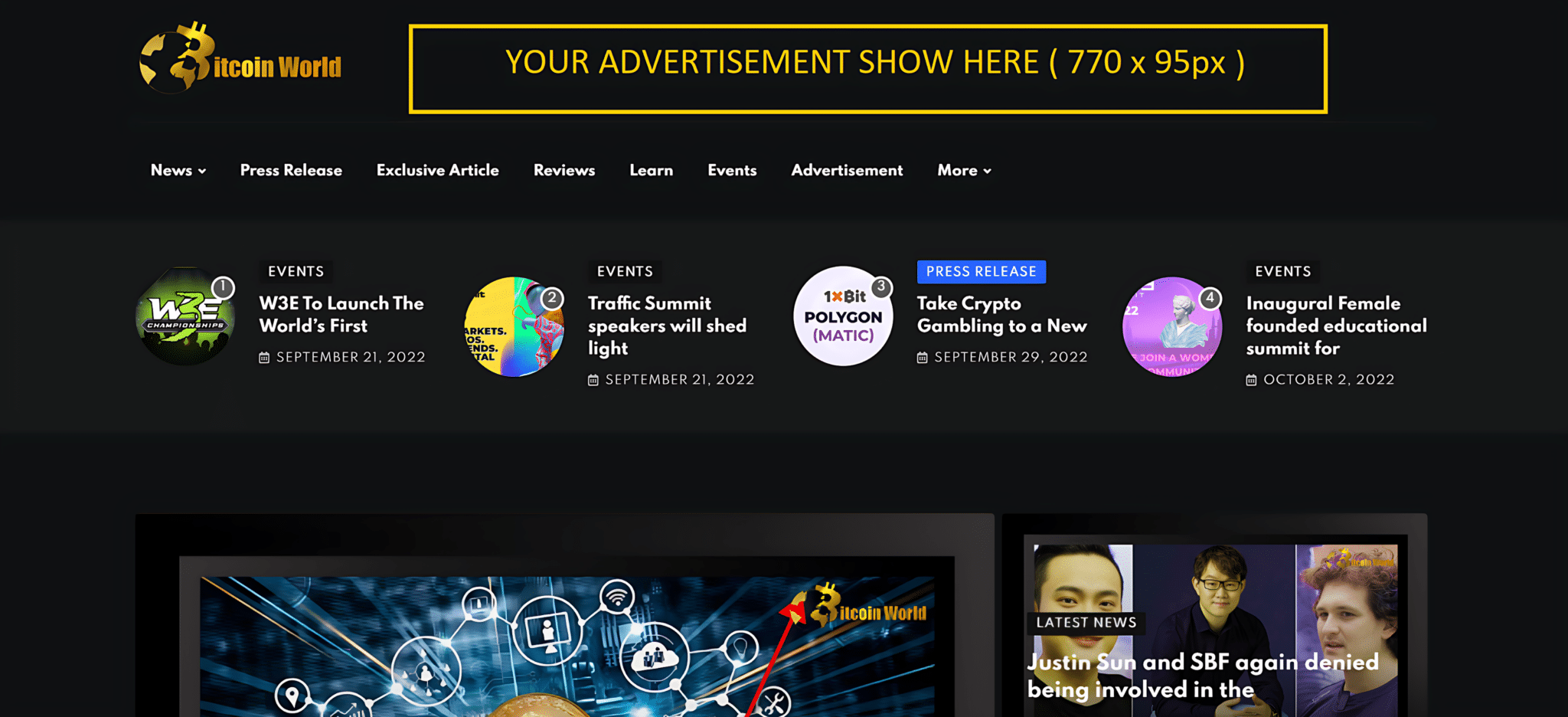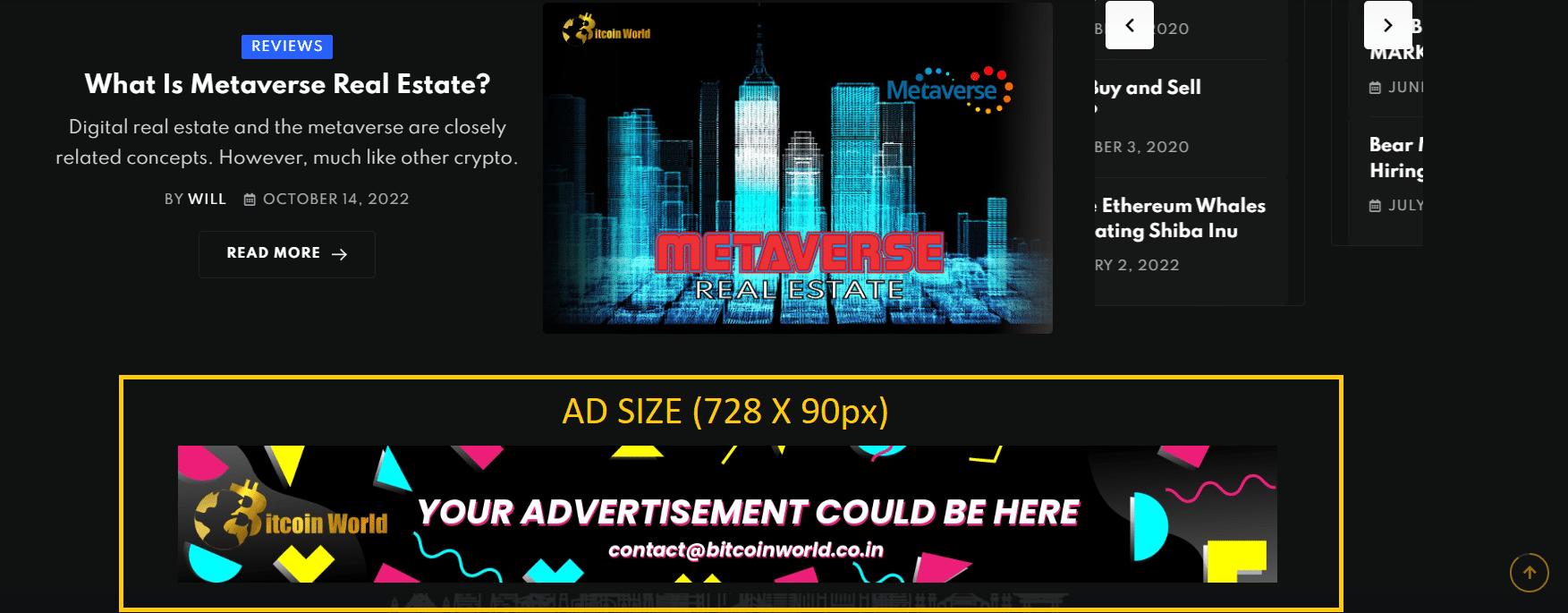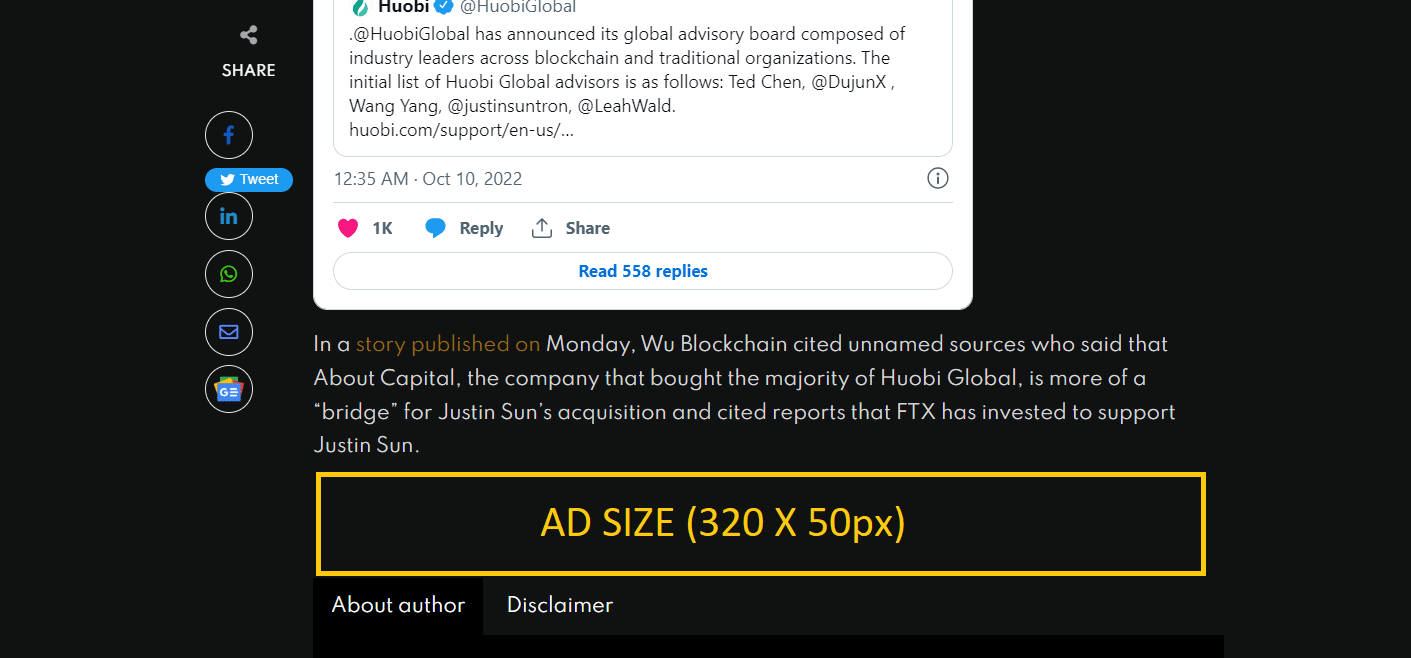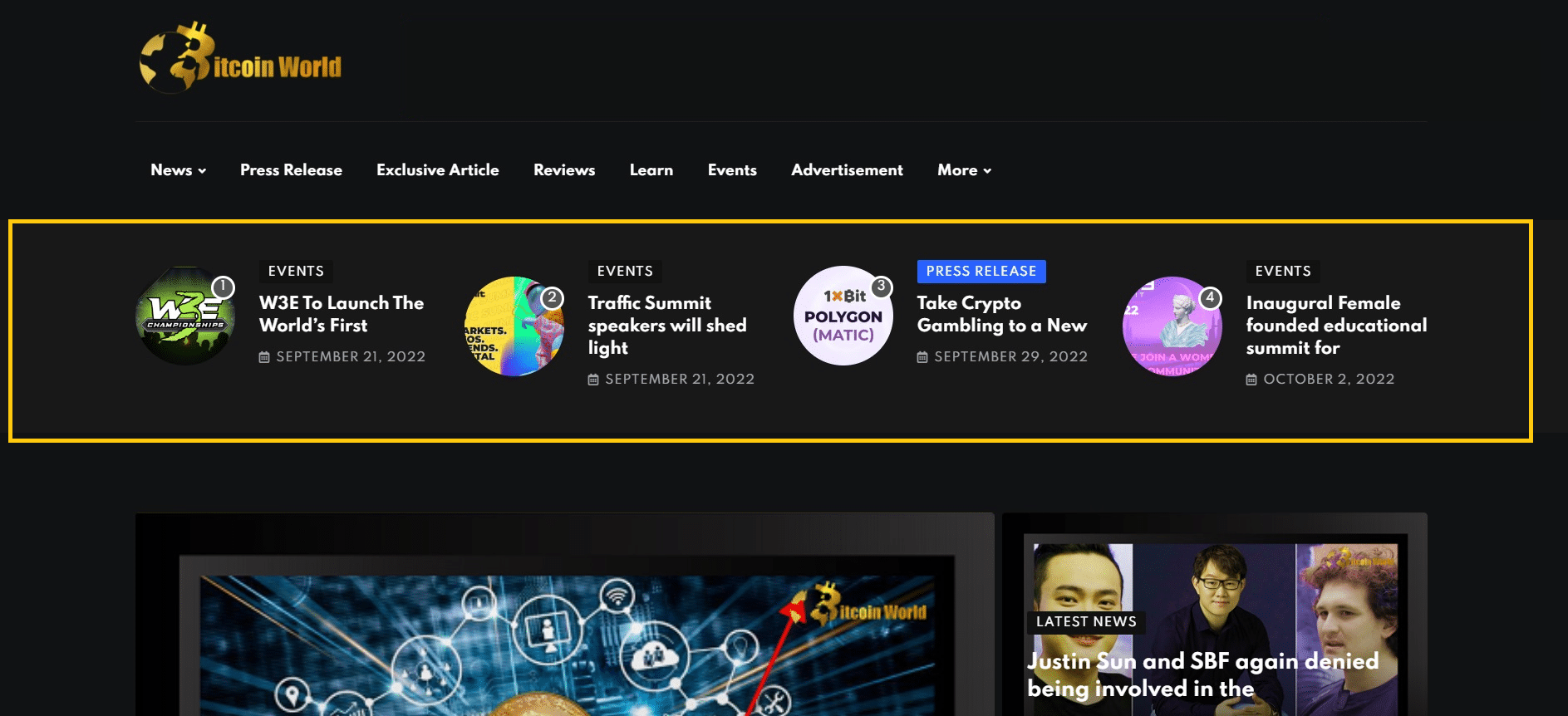Year to date, Ethereum has delivered an impressive 43% return. However, there have recently been conflicting signals surrounding the pioneer intelligent contract network.
Following the completion of The Merge and the implementation of Ethereum Improvement Proposal 1559, Ethereum became deflationary. This EIP enabled the network’s gas fees to be burned, causing the ETH supply to become deflationary in December 2022. However, the ETH price is essentially the same as before The Merge.
A look at some on-chain data can help us understand how Ethereum whales are positioning themselves for the coming weeks.
Since the beginning of 2023, Ethereum (ETH) has increased by 36%. However, rival layer-1 altcoins such as Cardano (ADA), Polygon (MATIC), and Solana (SOL) have all outperformed it, with YTD growth rates of 57%, 62%, and 132%, respectively.
Following the announcement on January 31 of the Zhejiang testnet, which would allow testing of staking withdrawal functionality, ETH remained flat at around $1,600. In addition, whale interest declined during the same period.
According to Santiment on-chain data, large transactions between $100,000 and $1 million have steadily declined since January.
The Ethereum network activity has decreased as we enter February. According to Santiment data, 24-hour transaction volume on Ethereum fell significantly below 800,000 in February from a YTD high of 1.18 million.
Despite the persistent decline in transaction volume, Ethereum has successfully maintained its $1,400 support level.
In/Out of the Money (IOMAP) statistics from IntoTheBlock reveal that ETH is likelier to shatter the $1,700 barrier than to lose its $1,400 support.
IntoTheBlock calculates IOMAP statistics by comparing ETH purchase prices in wallets to current prices.
According to the most recent IOMAP research, ETH has remained above $1,400 despite increased whale-sell pressure since fewer holders are expected to break even at the barrier level. Many network participants who are now ‘in the money’ are feeling the selling pressure.
Futures markets are where traders speculate on the future performance of an underlying asset. When judging the likelihood of a rally, ETH futures market patterns and prices are vital indications.
Long/short holdings are now signaling caution as more investors anticipate a decline in the price of ETH in the coming weeks.
The ETH long/short ratio has fallen below 0.96 since reaching a top of 1.13 in 2023 on February 5.
Coinglass calculates the long/short ratio by comparing the volume of long vs. short positions held by ETH derivative traders in futures markets. The dropping long/quick ratio indicates that investors anticipate a price reduction.
Notably, Sentiments Weighted sentiment data reveals that the social view of Ethereum is primarily unfavorable.
All of that, though, might alter rapidly if the Zhejiang testnet withdrawals go off without a hitch. The Zhejiang testnet is scheduled to go live on February 7, ahead of the Shanghai upgrade in March.
